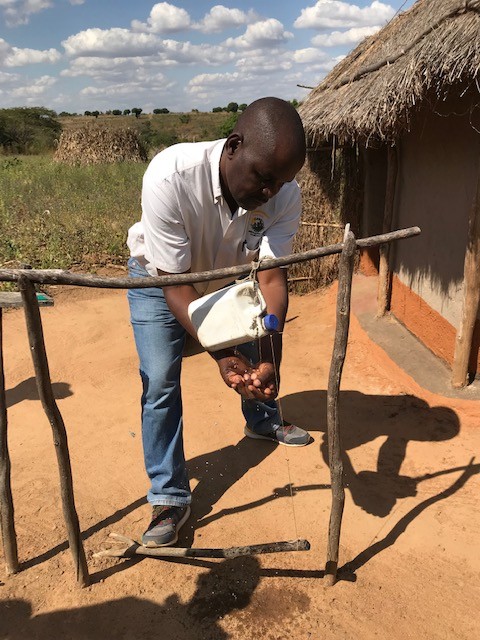Speeches Shim

Poverty and chronic under-nutrition remain major challenges for Zambia, particularly among households that are most vulnerable. Through USAID Feed the Future, the Mawa project (2012-2017) worked with smallholder-farming households in the Eastern Province of Zambia to improve their food and economic security.
This project helped households to find a balance between harnessing agriculture, for both consumption and for income, through engagement with markets. Food security and a healthy agri-business environment helps communities move from vulnerability toward self-reliance.
USAID extended Mawa’s end-date for two years (from 2017 to 2019) to meet Water, Sanitation and Hygiene (WASH) needs, and protect the nutrition gains made in Phase 1 of the project. With this in mind, the communities targeted for Mawa-WASH remain the same as those targeted in the first five years (2012-2017; Phase 1).
The project supports the Government of the Republic of Zambia in its aim to reduce poverty through the provision of good-quality, safe drinking water and proper sanitation services under the National Rural Water Supply and Sanitation Programme.
|
MAWA RESULTS AND INSIGHTS
The Mawa project gains insights on how households’ production, decision-making around income, and nutrition outcomes interrelate, with the following results:
Improved Health and Nutritional Status: Legumes are a good source of protein, an important part of well-balanced diet and one that is under-represented in traditional diets. The Mawa project promoted the consumption of the protein-rich crop, which increased from 31.2 percent in 2014 to 72.7 percent in 2017. Through a multi-sectoral effort, the percentage of children 6-23 months in Mawa households consuming a well-balanced diet increased significantly - from 8.7 percent in 2014 to 27.7 percent in 2017.
Sustainable Agriculture: Mawa supported low-input production practices for smallholder farmers, with conservation-agriculture practices and emphasizing three principles: minimum soil disturbance, permanent soil cover, and crop rotations as the central theme for agriculture interventions. From these interventions, more farmers began using labor-saving and moisture-retaining techniques, easing their work load and improving crop yields. The adoption of food legume crops like groundnuts, soybeans and cowpeas also significantly increased soil quality and consumption of nutrient-rich foods.
Sustainability: Various Zambian Government line ministries have adopted the activities promoted by Mawa. For example, the Care Group Model has been adopted by the Ministry of Health as a tool for improving nutrition outcomes. The Care Group Model uses volunteers to motivate mothers to adopt key mother to child behaviors. The volunteers meet as a group every 2–4 weeks with a paid facilitator to learn new health-promotion messages. This approach includes: peer-to-peer health promotion, volunteer selection by mothers, no more than 15 households per volunteer, monthly contact between volunteers and mothers, and regular supervision of the volunteers.
Water and Sanitation: By March 2019, thanks to Mawa, about 38,000 more Zambians had access to adequate latrines equipped with hand-washing stations with soap and water. Construction of 40 new boreholes and rehabilitation of another 40 existing boreholes is underway to improve community access to safe drinking water.

Comment
Make a general inquiry or suggest an improvement.